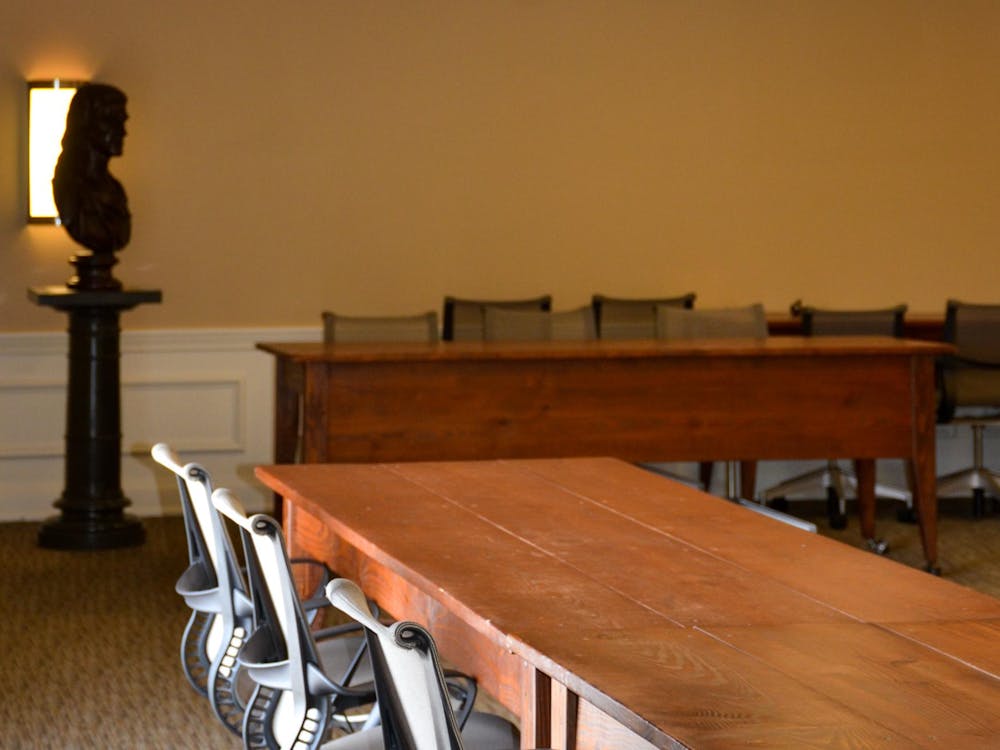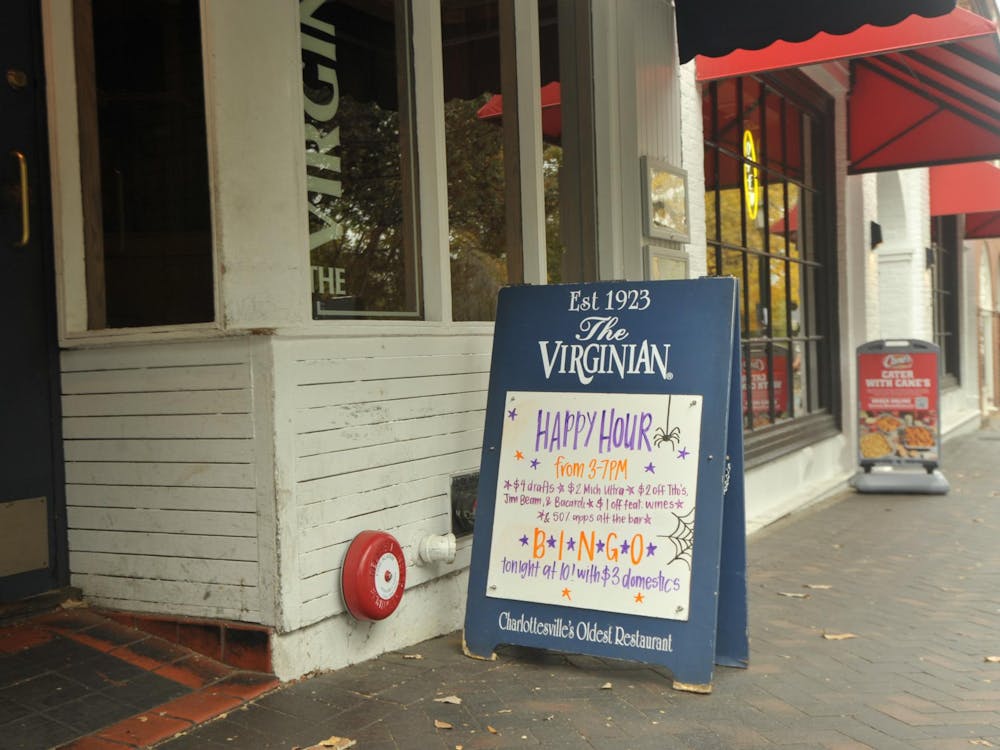Full-time faculty members at American colleges received a modest pay raise of 1.4 percent this year - a figure only slightly higher than last year's half-century low of 1.2 percent - according to an annual report released Monday by the American Association of University Professors.
"Faculty salaries have been stagnating for the last couple of years," said John Curtis, AAUP director of research and public policy. "As far as we can see, the recession's impact on higher education is not over yet and will continue for a year or two."
University faculty and staff have not received salary increases for the past three years because of the economic downturn and state salary freezes, University spokesperson Carol Wood said in an email.
"We will be going into the fourth year of no raises when the new fiscal year begins in July," Wood said.
The report, which is based on data from more than 1,300 colleges and universities, also discovered a trend revealing the widening pay gap between employees at public and private institutions. At public universities, full-time professors average yearly salaries of $118,054 and assistant professors make $69,777. At private institutions, full-time professors make on average $157,282 and assistant professors make $86,189.
"The rate of increase for the public sector is much lower and, in fact, was 1 percent above the rate of inflation for the last three years," Curtis said. "For the private independent sector it was three percent over the rate of inflation."
This disparity could be the result of widespread cuts in funding for higher education across the country, which have "already had a big impact on college budgets in the public sector especially," Curtis said. He added that he expects these cuts to continue in the coming year.
These cuts have not been as severe for private colleges, which "seem to be rebounding more quickly," he said.
Colleges have responded to funding cuts by replacing full-time faculty or tenure-track faculty with part-time faculty, who receive lower salaries, do not get benefits and have little job security, Curtis said. During the last three years, the number of tenure-track faculty members has dropped by four percent while part-time, non-tenure-track faculty members increased by eight percent at college institutions. Despite this trend, part-time faculty employment at the University has remained relatively consistent during the past three years.
Curtis believes there are disadvantages to replacing full-time faculty with part-time members.
"They are just not in a position where they can be available to students outside of class," he said. "They don't have the opportunity to participate with colleagues in discussions about curriculum, or the support necessary to give students the best quality of education."
Keeping with this thinking, the American Federation of Teachers has worked to re-establish a core of full-time tenured faculty responsible for teaching and research in colleges through its Faculty and College Excellence initiative. The organization also has worked to give professional treatment, fair pay and benefits and professional support to part-time faculty. The campaign has been introduced to 13 states. FACE works with faculty unions through legislation to bargain at the institutional level to advocate a greater presence of full-time faculty members. "We are now at a position where half of all undergraduate courses and public colleges are taught by people who are not permanent full-time faculty members," said Craig Smith, deputy director for higher education at the American Federation of Teachers.
The problem, Smith said, is not that part-time faculty members are not as qualified, but they are underpaid and alienated from the university community.
"We've been arguing for several years now that there seems to be misplaced priorities," Curtis said. "Salaries for senior administrations have increased, and the amount of spending on recreational and athletic facilities have been prioritized over core academic facilities and faculty."
The report also discusses the changes in presidential salaries. During the last three years, full-time faculty members' salaries have increased by 5.4 percent. Yearly pay for university presidents at public colleges, meanwhile, has increased by 11.5 percent, more than twice that of full-time faculty.
"During this time while faculty were taking unpaid furloughs, salary freezes and cutting of benefits, presidential salaries were increasing twice as rapidly," Curtis said.
Curtis believes this represents an increasingly corporate style of management.
"This is breaking away from the tradition of shared governance, where faculty, administration and the board of trustees work together to make decisions about the academic program and mission of the university," he said.
Wood indicated this tradition is still intact at the University, where President Teresa A. Sullivan, who makes $485,000 per year, is not the highest-paid employee.
"Medical doctors and medical school deans will more often than not have a higher salary," Wood said.
Sullivan, however, receives a higher salary than university employees and teaching faculty because "of her position as president and all of the responsibilities that go with it," Wood said.






